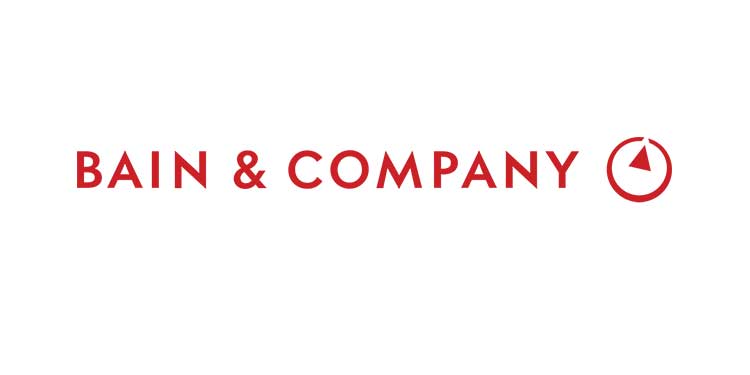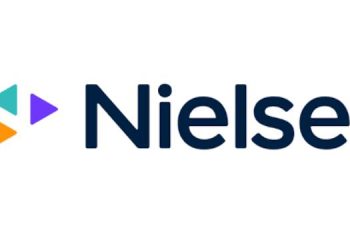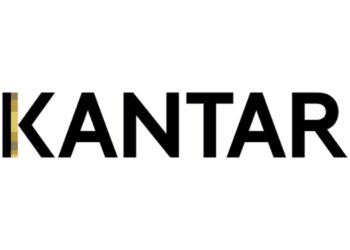Consumers in Asia Pacific are a driving force behind the region’s interest in purchasing sustainable goods and are showing brands the importance and focus which should be placed on ESG. Among 16,000 Asia Pacific consumers surveyed, 14% are concerned about environment and social issues, consistent with Europe and the US (both 14% as well). The health conscious cohort, the consumer segment that is primarily concerned with making healthier choices for themselves and their families, represents 51% of all consumers in Asia-Pacific, far more than Europe (27%) and the US (31%). These and other findings are explored in Bain & Company’s new report, “Unpacking Asia-Pacific Consumers’ New Love Affair with Sustainability”

“It’s fantastic to see consumers across Asia Pacific demonstrating enthusiasm and demand for sustainable products, showcasing the vast opportunity brands have in front of them.” said David Zehner, Partner and Asia Pacific Head of Bain & Company’s Consumer Practice.
“’By helping to educate consumers, improve availability and options, drive clearer, consistent information across all touchpoints like packaging and website, brands can take full advantage of this shopper inflection point and command the market going forward,” he added.
According to the Bain report, sustainability is also a growing concern for Indian consumers; 20% of consumers in India are environment and socially conscious while 49% are health conscious. The trigger that has motivated the Indian consumer to move towards sustainable products has been the personal impact due to environmental issues, followed closely by family and friends who have influenced their choices.
Sustainability is equally important across age and income groups. While one may have expected that consumers identifying as either environmentally/socially conscious and health conscious would have predominance in certain subsections of the society, the fact is that it is equally prevalent across income, age and gender (across demographics).
However, Indian Consumers are at an early stage of understanding. Another interesting trend visible in the report is that >50% of Indians (similar to other APAC counties) associate sustainability with natural/ healthy/ organic ingredients. Across all markets surveyed, seven elements typically mattered to consumers: healthy ingredients, natural, additive/chemical free, organic, sustainable packaging, and local sourcing. In every market, consumers prioritized healthy ingredients, natural, additive/chemical free, or organic among their top three most important sustainability elements in consumer products.
A key trend observed is that while consumers have growing interest towards sustainable products, the purchasing follow through is still in early stages
In India, the percentage share of consumers willing to spend a clear premium on sustainability products is 62%, but there is a disconnect between intent and action – the vexing “say-do gap”. The top reasons for consumers not buying sustainable products are ‘lack of knowledge’, ‘high price’, ‘products not being entirely sustainable’ and ‘low availability of brands with sustainable products’. In India, 43% rank sustainability as a top-five key purchasing criteria, yet sustainable products comprise only 5% of market share in packaged foods.
The real challenge is these barriers are not occurring in isolation, and most consumers face a number of these barriers within a single purchase journey. For example, they may have trouble identifying sustainable products, be unclear on the credibility of the claims, and face gaps in the product range to meet their needs—these are in addition to the likely higher price. It leads to high consumers drop out despite the high intent to shop sustainably.
But the tipping point for sustainability is fast approaching
These same consumers who are not yet fully following up on their thirst for sustainable products also are reporting serious ambitions for spending more on such goods in the future. According to the survey, nearly 52% of consumers in India say they plan to increase their spending on sustainable products over the next three years.

“There is a latent demand for sustainability products which consumers are not acting on – the ‘say do’ gap. This presents a huge market opportunity and a consumer trend that is value accretive, not just good for planet or good for investors but good for the consumer and business” said Ravi Swarup, Partner at Bain & Company in India.“Consumer companies have been in the constant quest for the next platform to provide greater value to the consumer and premiumize their offerings – sustainable products is clearly the platform with the biggest opportunity where the need is already present,” he added.
Brands that successfully close the say-do gap by educating consumers, ensuring sustainable alternative options and availability, driving clear communication, and improving information sources will be able to leverage the mounting opportunity to use sustainable products as a new source of growth.

“Consumers have spoken, and now it’s up to the brands to listen, react, and lead the way by doubling down on ESG initiatives and also closing the ‘say-do gap’ to connect with their consumers even more.” said Zara Lightowler, Bain & Company associate partner and co-author of the report. “’Brands need to have a clear, purposeful plan in place to take advantage of this remarkable consumer opportunity the winners will drive growth and positive environmental outcomes at the same time.”

















